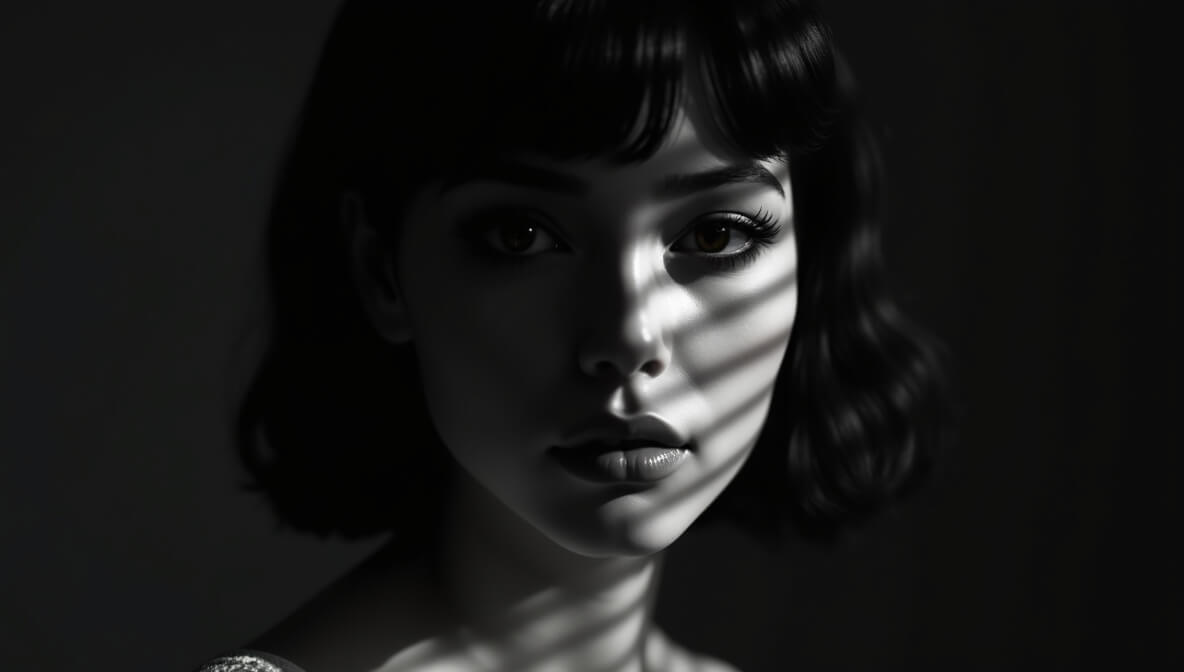May 20, 2025

In the world of photography, we often glorify the light — golden hour, ring lights, and softboxes. But shadows? They’re equally — if not more — powerful when used intentionally. Shadows add depth, drama, and narrative tension, transforming a simple photo into a work of visual storytelling.
Much like an artist uses negative space on a canvas, a photographer uses shadow to shape emotion and structure. In this guide, we’ll explore not just how to use shadows, but why they matter, while tapping into the same artistic vision that fuels double exposures, cinematic shots, and advanced editing — as explored in the photography blog.
To understand shadows, first understand light. Shadows form when light is obstructed, and their shape, size, and intensity depend on the light source’s direction, distance, and hardness.
Use hard light to enhance textures (great for street photography or grit), and soft light for dreamy portraits.
👉 Learn to control shadows with the help of studio tools explained in "Photography Artificial Lighting: Basics to Learn".
Shadows can add mystery, loneliness, warmth, or tension. They give the viewer’s imagination a nudge.
🎬 This narrative technique is often used in cinematic wedding photos to draw attention to emotional moments or dynamic compositions, as covered in "How to Take Cinematic Wedding Photos".
Instead of relying solely on your subject, consider using shadows themselves as the subject. Negative space created by deep shadow can add balance, tension, or visual interest to an image.
Try these:
🌀 This conceptual approach is similar to what artists do in double exposure photography, where silhouettes and shadows frame entire visual stories — as explained in "How to Create Artistic Double Exposure Photos".
Movement adds life to shadows. In fast-paced photography — like sports or event coverage — shadows can emphasize speed, rhythm, or dramatic moments.
⚙️ To do this effectively, use cameras with high FPS and reliable AF tracking. For suggestions, check "Best Camera for Professional Photography Beginners in 2025".
Post-processing is where you can enhance or creatively manipulate shadows.
Try:
💡 Advanced restoration and shadow control tools are featured in "Best Photo Restoration Software in 2025 – Revive Your Memories".
Shadow-rich imagery is highly sought after in creative and commercial spaces. From minimalist prints to editorial portraits, shadow work can become your signature style — and a source of passive income.
💰 Start here:
Platforms like Adobe Stock, 500px, and even Etsy are ideal for showcasing moody, emotional photography.
Learning to use shadows in photography isn’t about avoiding darkness — it’s about embracing it to add mood, texture, and narrative depth. Whether you’re just starting or evolving your creative portfolio, knowing how to work with light and shadow will elevate your work from average to unforgettable.
Stay up to date with the newest tips, gear reviews, and step-by-step guides to elevate your photography journey from home and beyond.